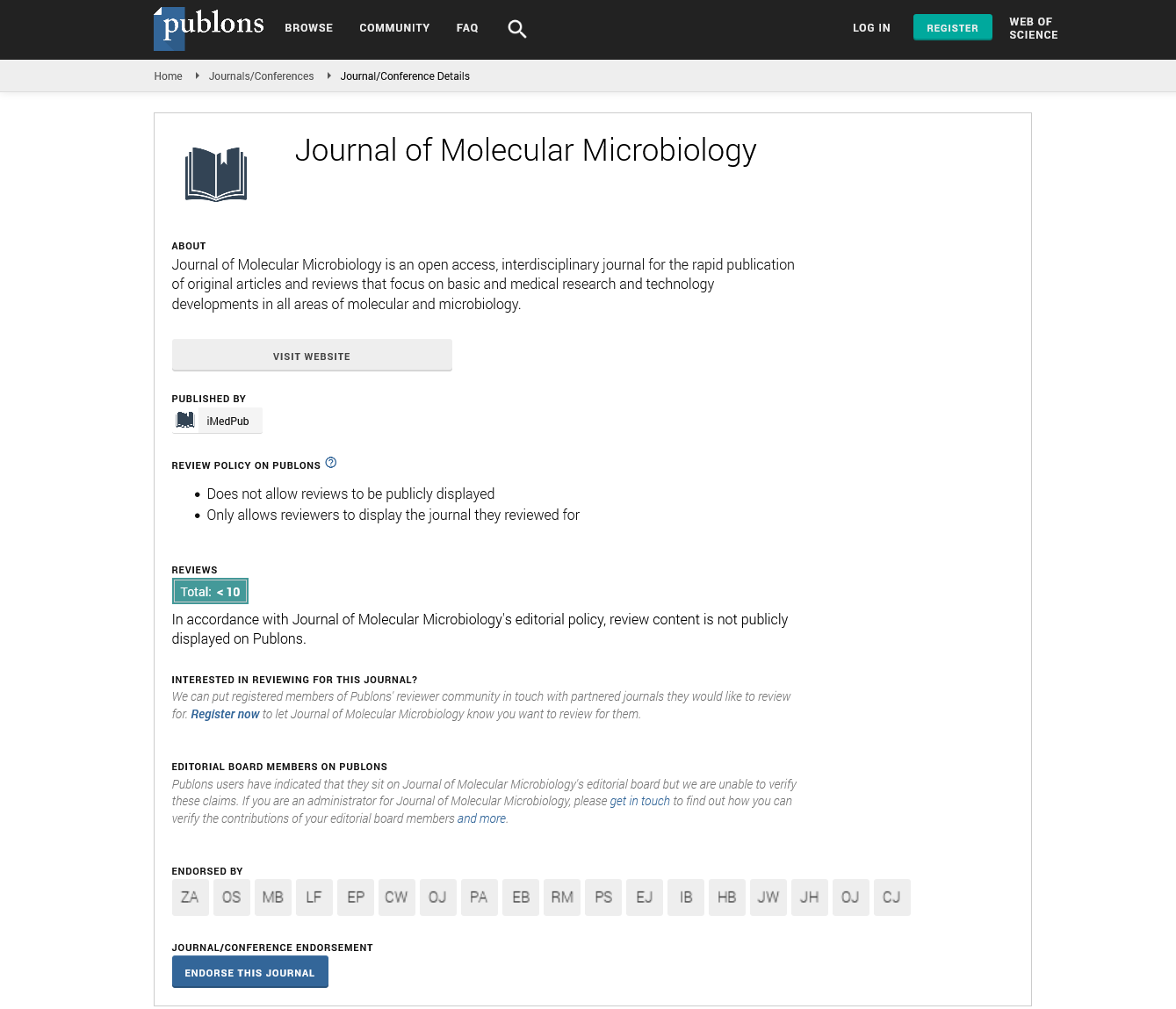Abstract
A Case of Generalized Interstitial Granuloma Annulare placeholder
Clinical symptom is often a direct method to evaluate the treatment effects. With the emergence of new EGFR-targeted drugs in market and its wide utilization, this study aimed to determine whether adverse skin event as a survival indicator for patients treated with EGFR-TKIs.
Method:
PubMed, EMBASE, Scopus, trial register and Cochrane Library were searched on November 11, 2018 to identify studies reporting survivals outcomes (OS, PFS). Two investigators performed study selection independently and assessed risk of bias with ROBINS-I method. Data were pooled with random effects models and further subgroup by cancer types. Funnel plot, Egger’s test and Begg’s test were performed for detection of publication bias. Sensitivity analysis was performed by excluding potential outliers.
Results
There were 24 studies identified with 4696 patients included. Skin adverse event was found to be significantly associated overall survival rate (HR, 0.48; 95% CI, 0.43-0.53; P < 0.00001; I2 = 83%) and progression free survival rate (HR, 0.59; 95% CI, 0.41-0.85; P=0.004; I2 = 88%). Subgroup analysis suggested among NSCLC patients skin AE was significantly associated with overall survival (HR, 0.39; 95% CI, 0.25-0.60; P < .0001; I2 = 86%) but not progression free survival (HR, 0.65; 95% CI, 0.29-1.45; P=0.29; I2 = 95%). Among other cancer types patients, skin AE was significantly associated with overall survival (HR, 0.59; 95% CI, 0.41-0.84; P= 0.004; I2 = 70%) and progression free survival (HR, 0.61; 95% CI, 0.41-0.91; P= 0.02; I2 = 80%). Begg’s test and Egger’s test suggested no evidence of publication bias. Sensitivity analysis also showed similar results.
Conclusions:
On average, skin eruption groups had 52% lower risk of death and 41% lower risk of progression in cancer patients treated with EGFR-TKIs. This association should be further incorporated with cancer survivorship care planning.
A parallel topical treatment of nadifloxacin and adapalene was found to be effective and safe.
Author(s): Dr Yensheng
Abstract | PDF
Share This Article
Google Scholar citation report
Citations : 86
Journal of Molecular Microbiology received 86 citations as per Google Scholar report
Journal of Molecular Microbiology peer review process verified at publons
Abstracted/Indexed in
- Google Scholar
- Publons
Open Access Journals
- Aquaculture & Veterinary Science
- Chemistry & Chemical Sciences
- Clinical Sciences
- Engineering
- General Science
- Genetics & Molecular Biology
- Health Care & Nursing
- Immunology & Microbiology
- Materials Science
- Mathematics & Physics
- Medical Sciences
- Neurology & Psychiatry
- Oncology & Cancer Science
- Pharmaceutical Sciences
